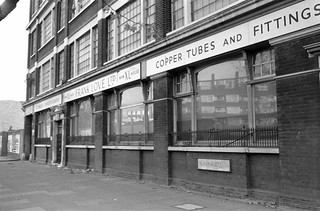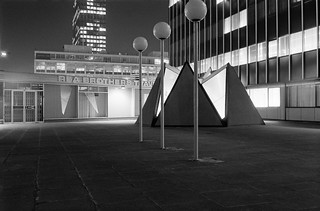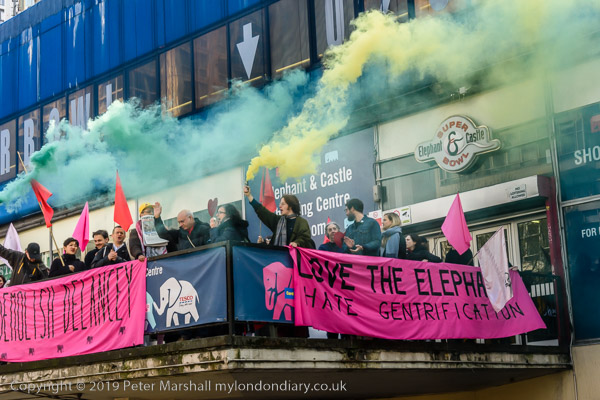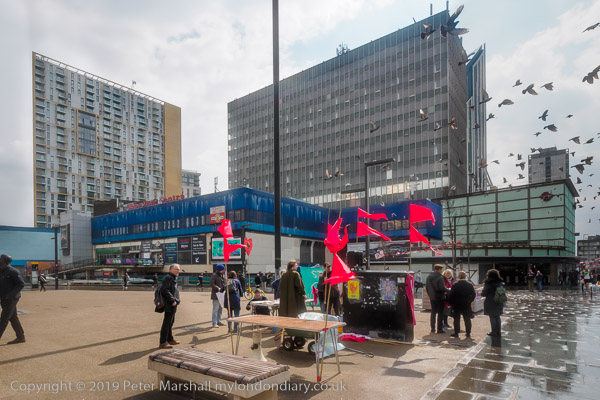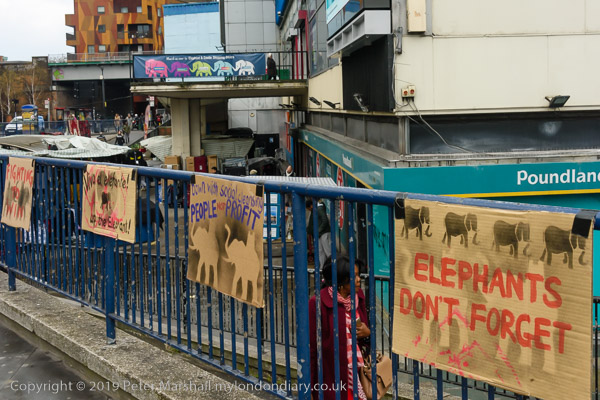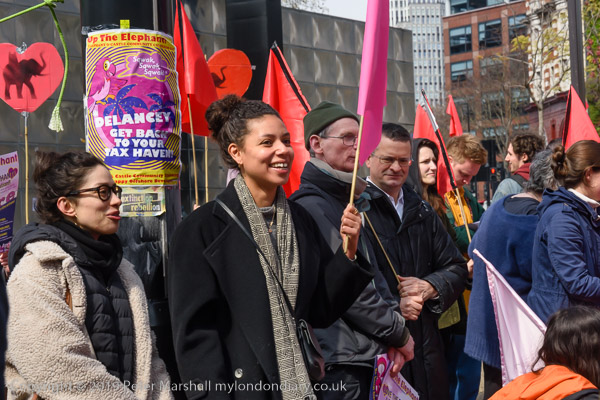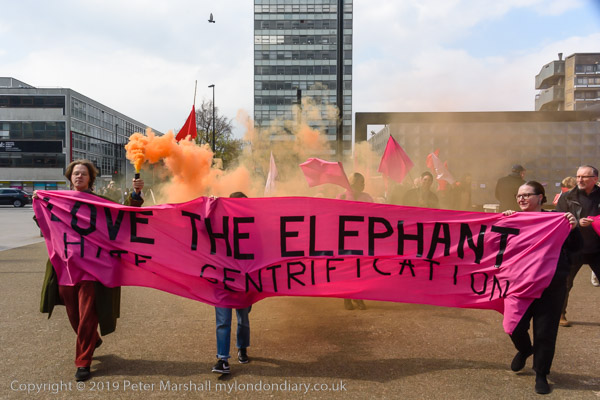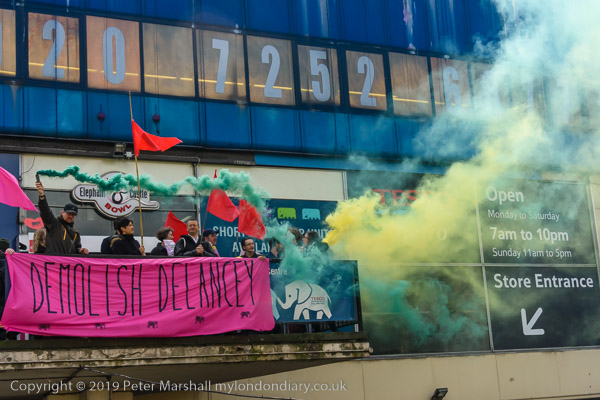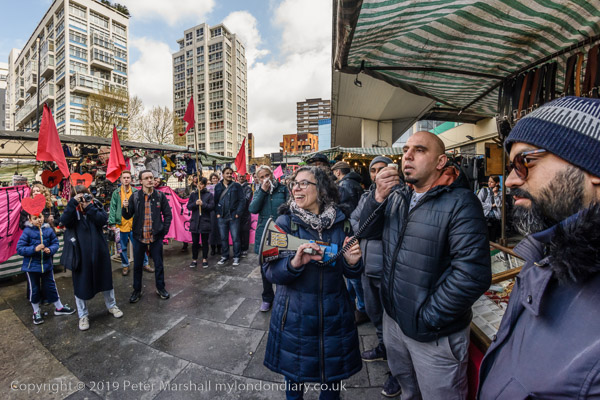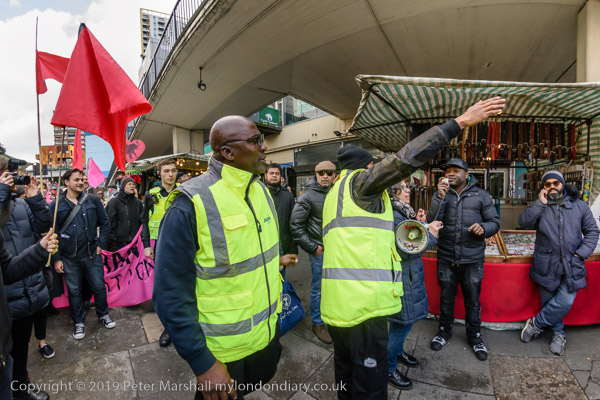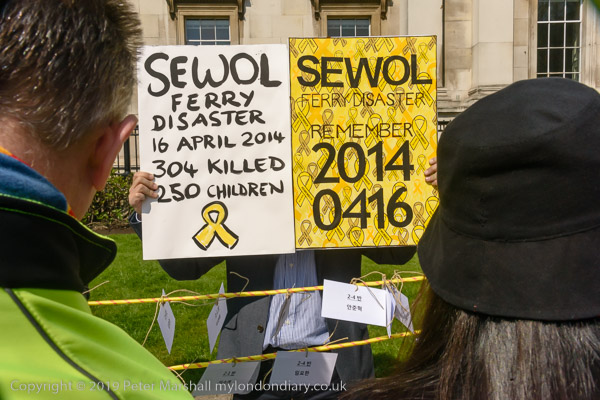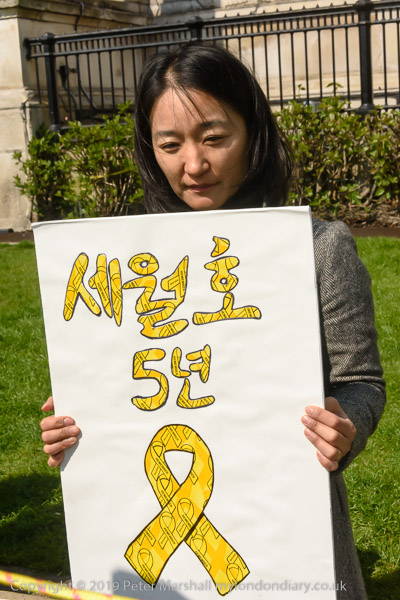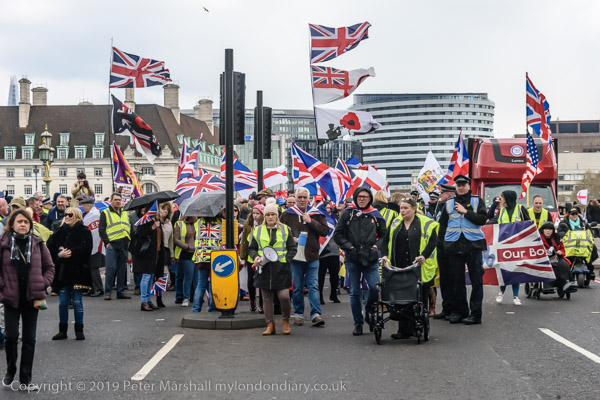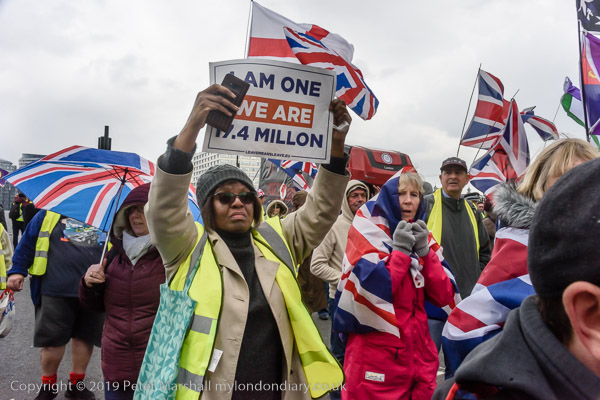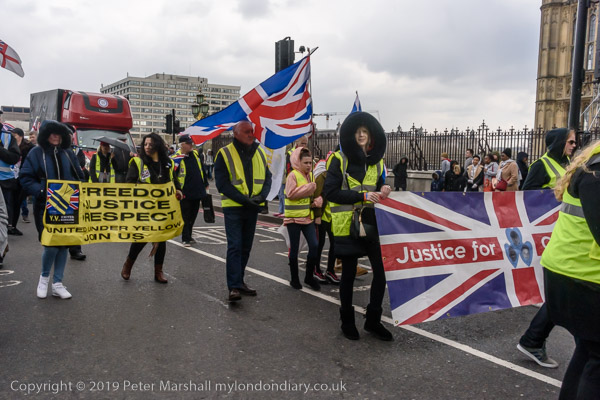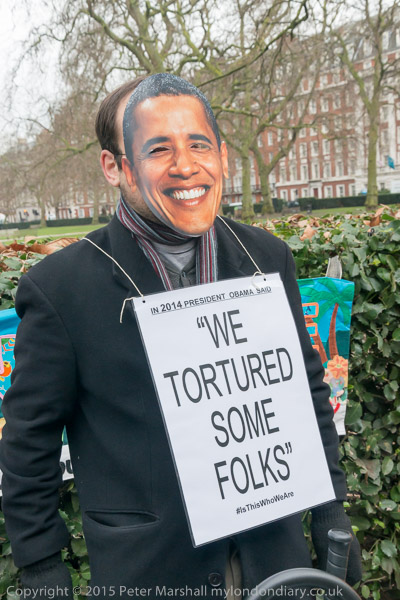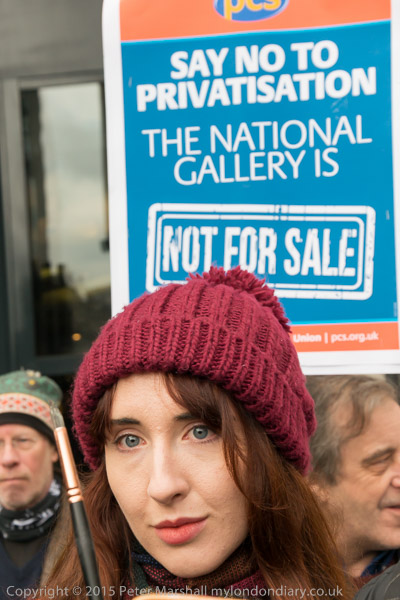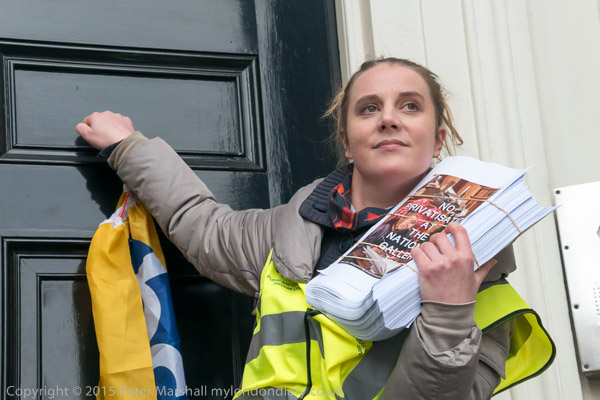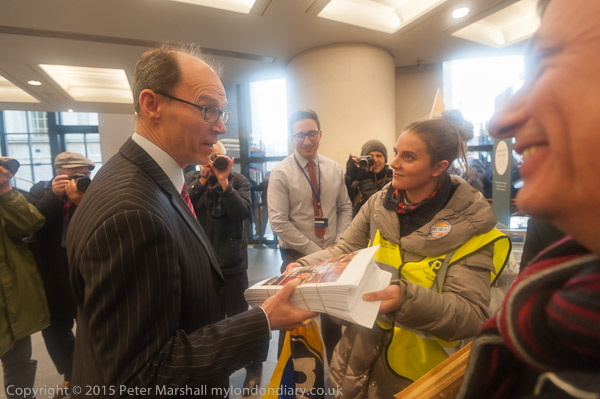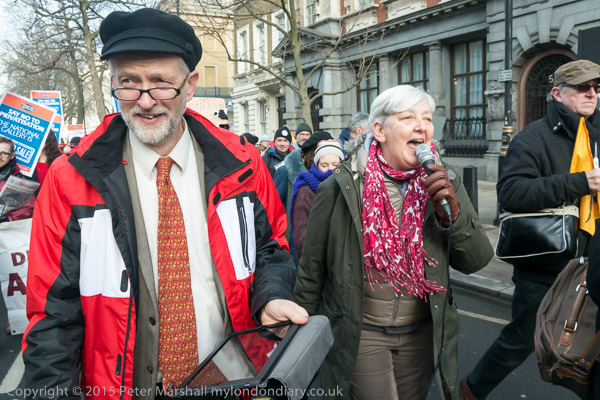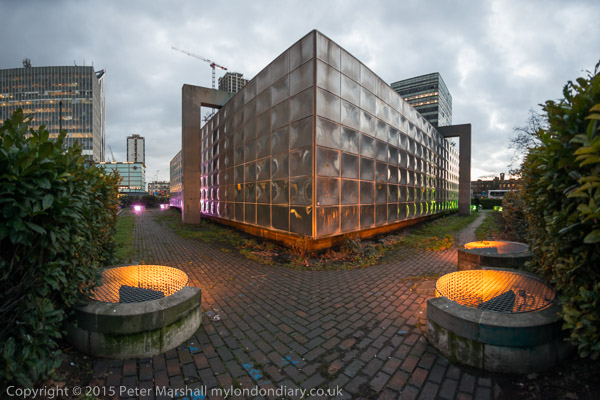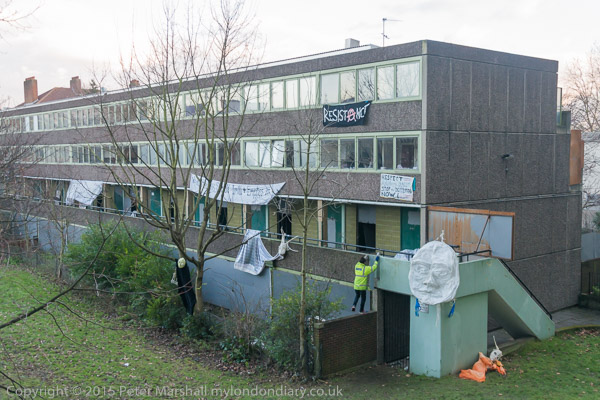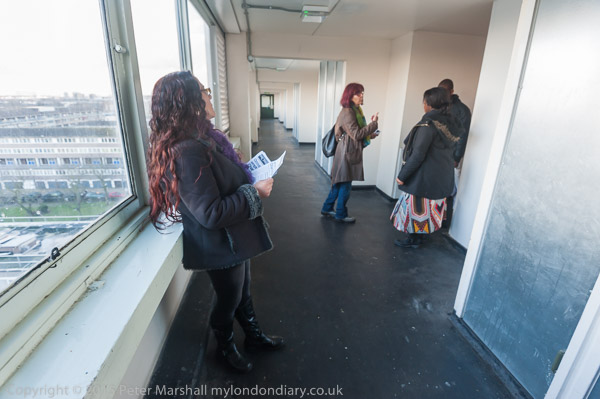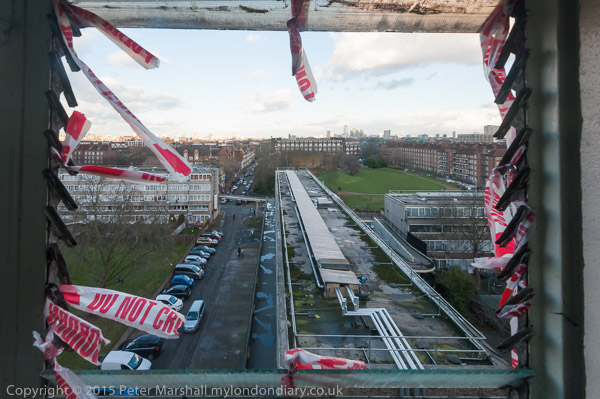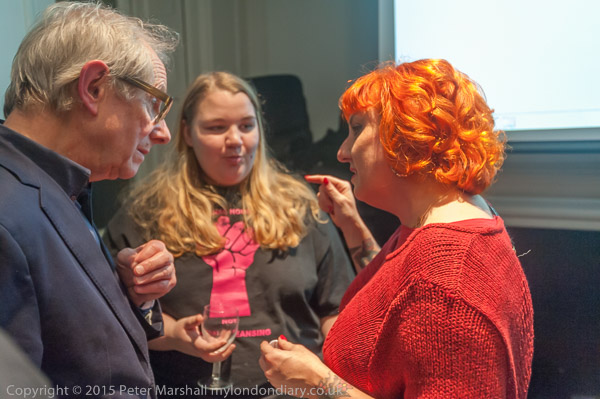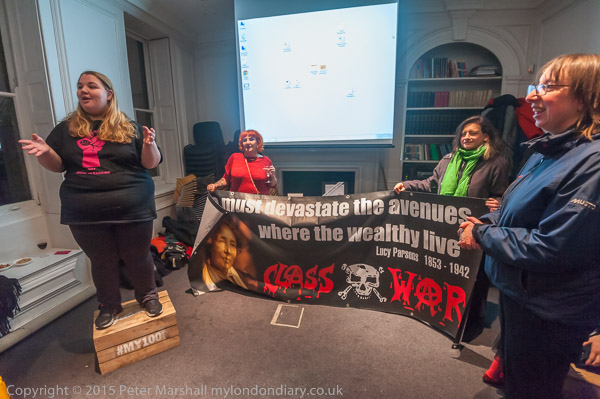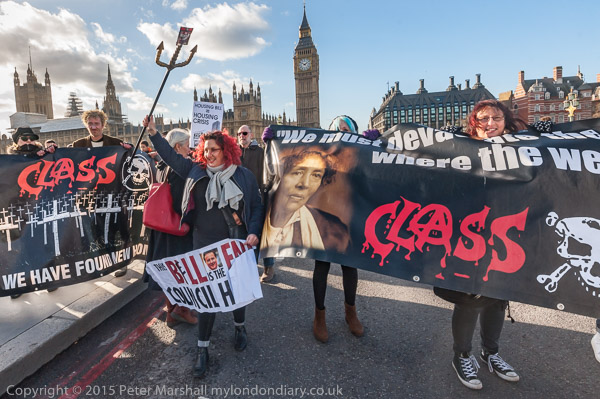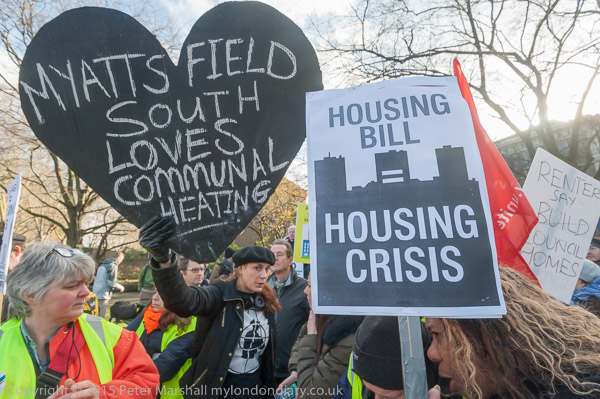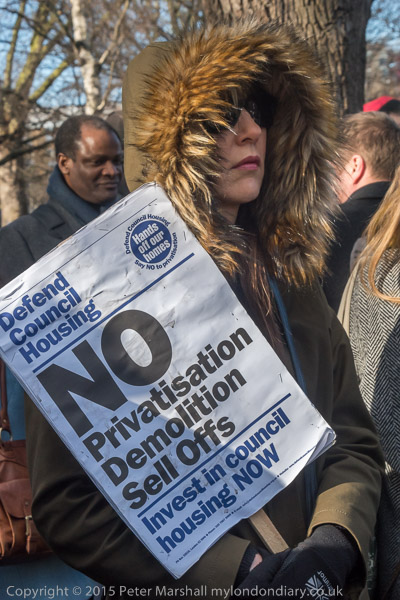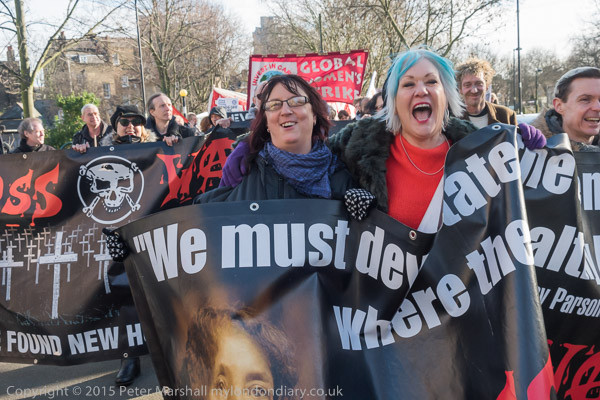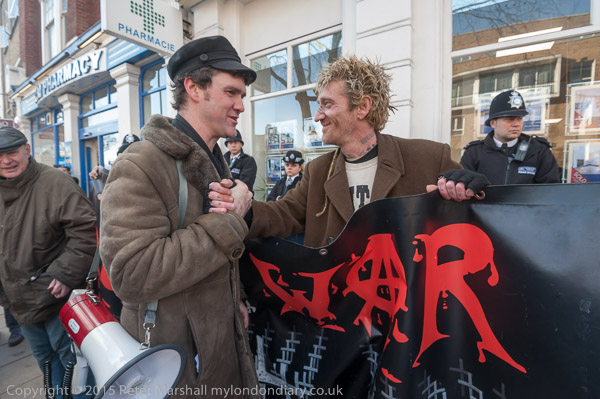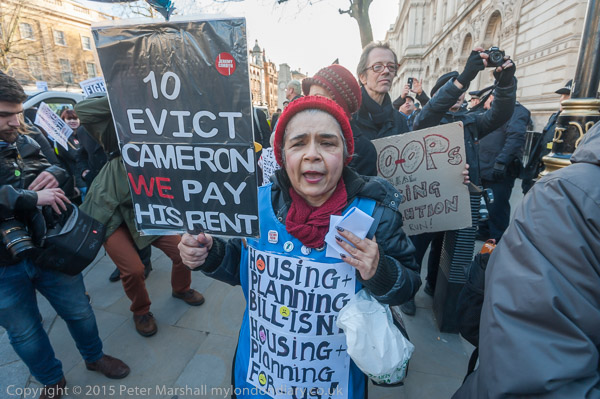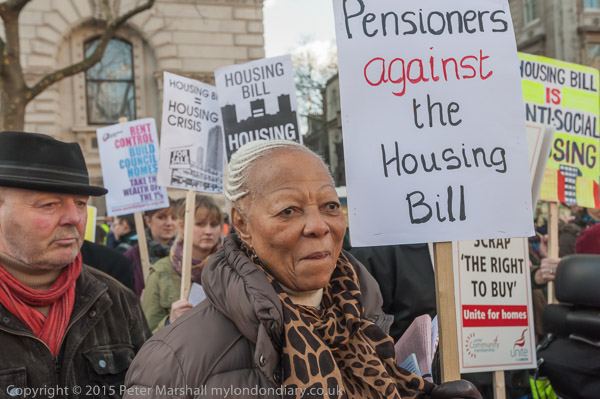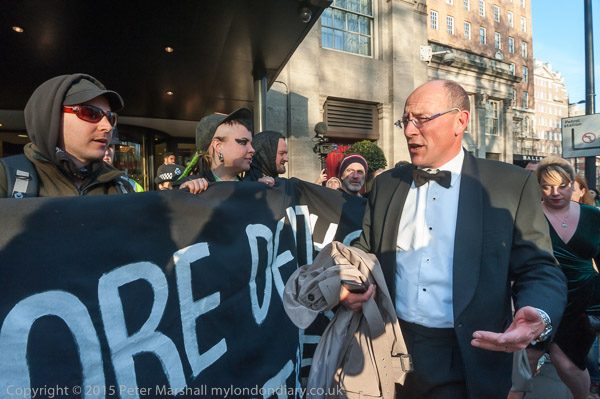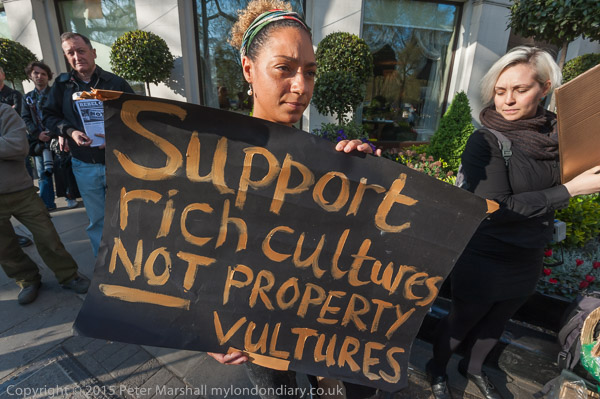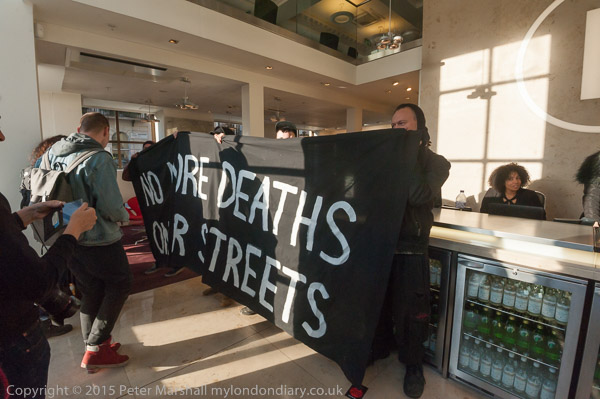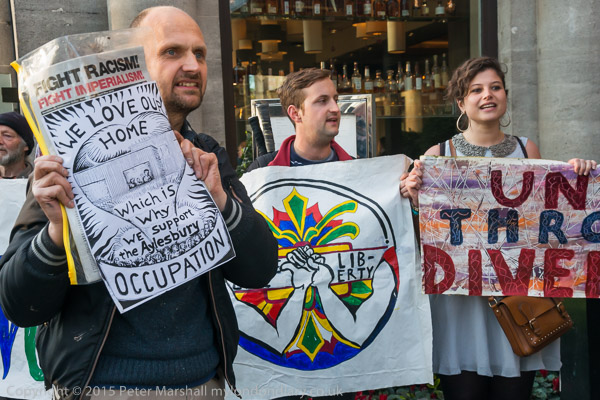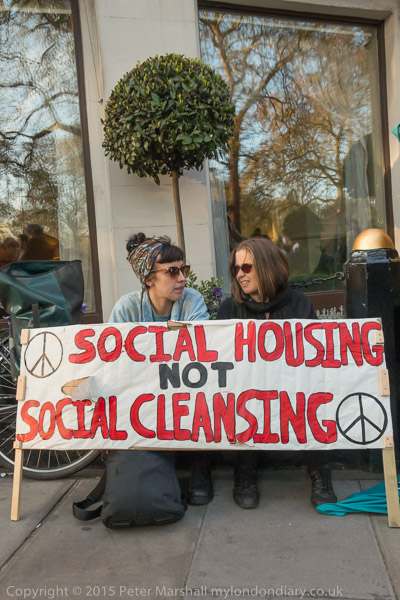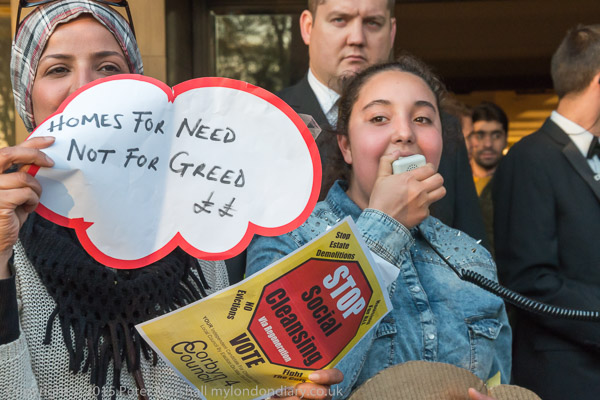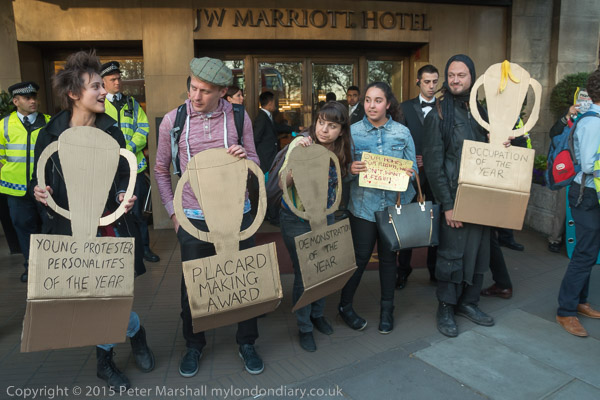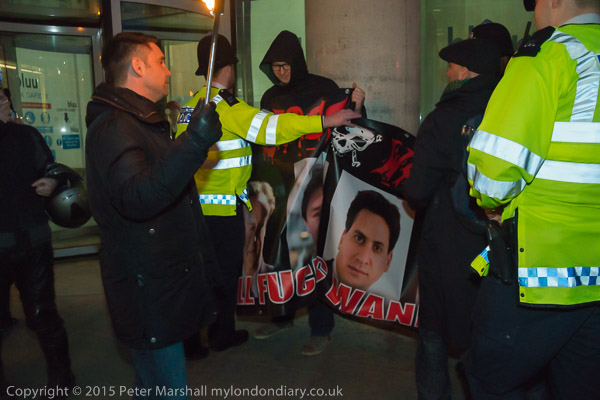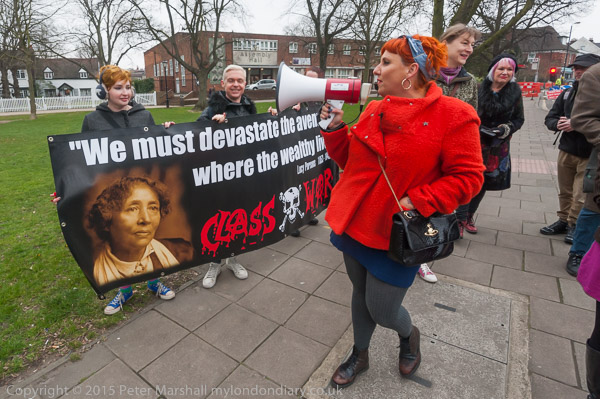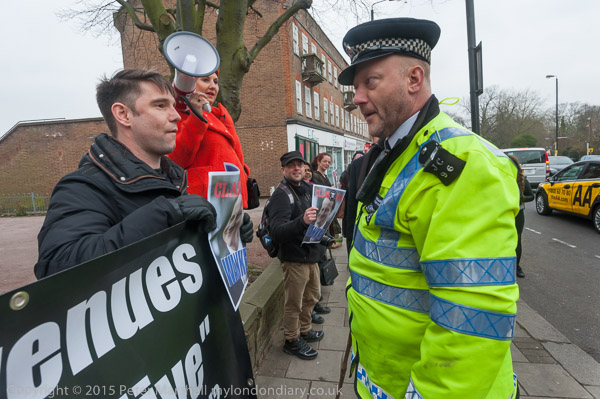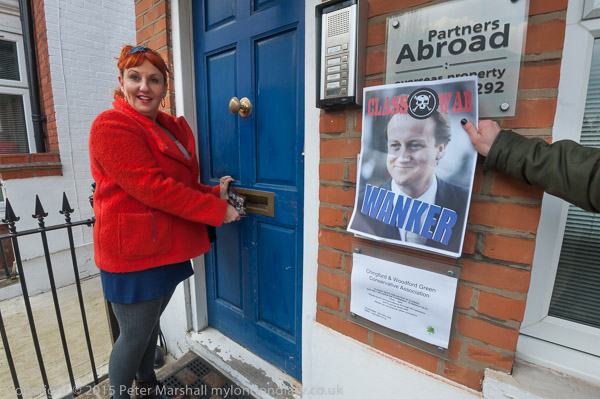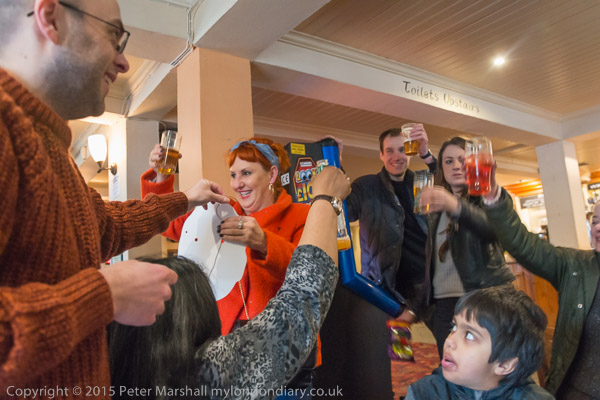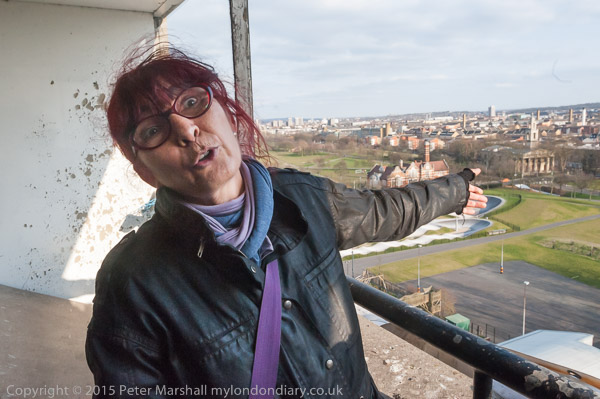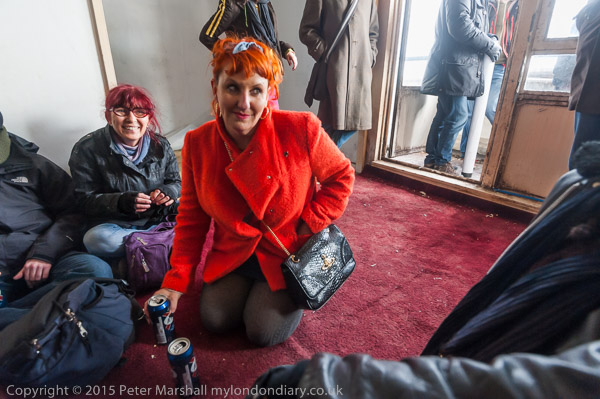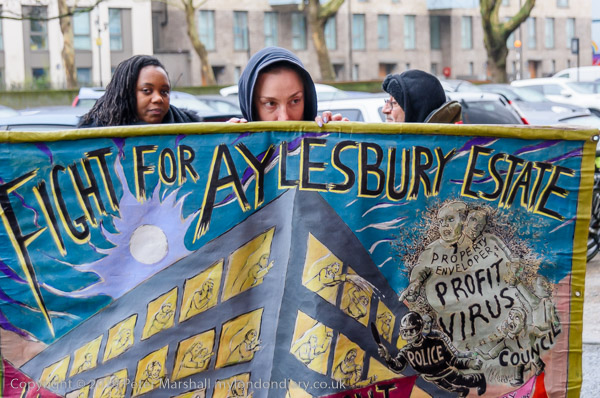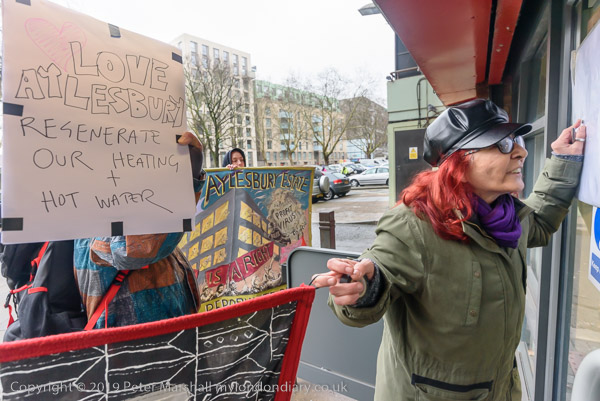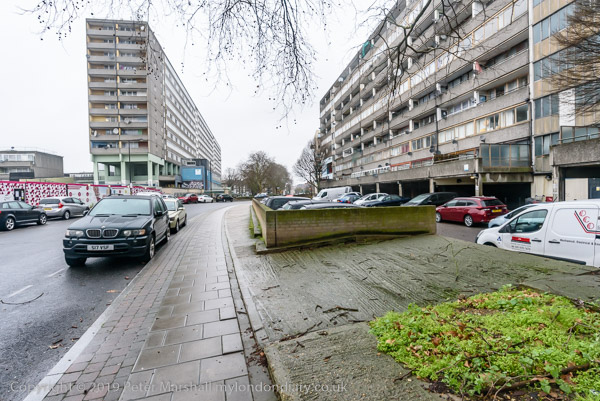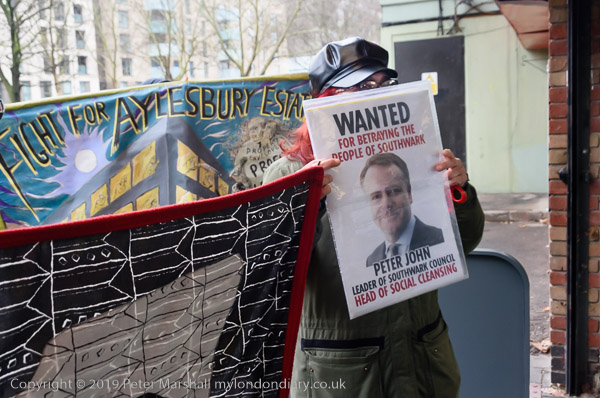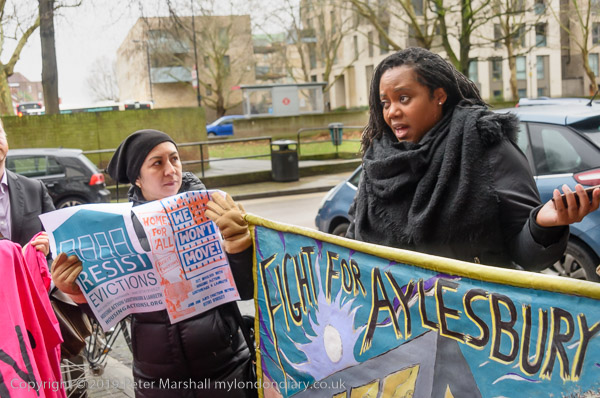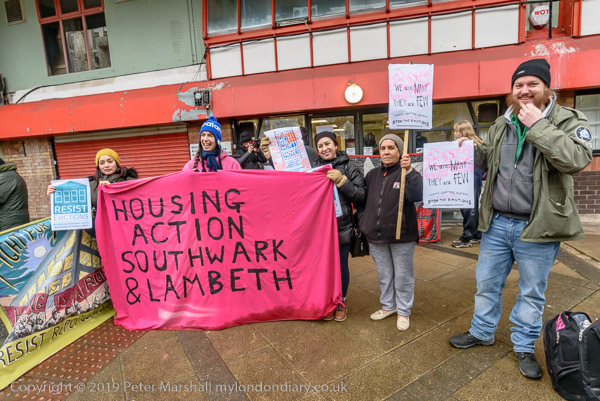This post looks at the end of my walk south of the river on Sunday 13th November 1988 – the previous post was Flats, A Square, Bread & Funerals – Walworth – and finishes with a few pictures taken at night in the City of London.
Southwark Council built the Aylesbury Estate between 1963 and 1977. It was one of the larger if not the largest public housing developments in Europe, with around 2,700 homes. Wendover, designed by the boroughs architects, was completed in 1970. I think it’s two blocks contains around 471 flats as well as a learning centre and tenants hall.
Like many council estates it was poorly maintained over the years and parts of the estate were deliberately used by the council to house people and families with various social problems, something exacerbated by the Conservatives plans, particularly under Thatcher, to get rid of social housing, resulting in it increasingly becoming housing for the most deprived members of society.
The estate has a central boiler for heating and hot water, which has increasingly suffered from failures which residents say the council is very slow to take action over. The flats also have fallen behind more modern standards of insulation etc, and are in need of some refurbishment, though the council drastically overstated the costs of this when making their case for demolition.
I’ve in recent years been inside quite a few flats on the estate, often lovingly maintained and decorated by their residents who have been fighting a long battle against council plans to redevelop the area.
Although the council carried out a long PR campaign against this and the neighbouring Heygate Estate – including Tony Blair making his first speech as Prime Minister here and launching the party’s programme of regeneration of housing estates.
Its relatively open and fairly traffic-free nature along with convenient location made the estate a favourite for “grim backdrops to murder scenes, gun and drug storylines and gang-related crimes in soaps and gritty dramas” until pressure from local residents forced Southwark Council to ban filming in the area.
Channel4 took footage from the estate to use in their channel ident, adding to it, according to Ben Campkin of UCL quoted in Wikipedia, “washing lines, shopping trolley, rubbish bags and satellite dishes” to show it as “a desolate concrete dystopia [which] provides visual confirmation of tabloid journalists’ descriptions of a ‘ghost town’ estate.“
Residents wanted refurbishment rather than demolition – which will lead to many of them moving much further away from the centre of London. But councillors salivated at the thought of profits and handouts from the developers and never seriously considered anything other than demolition and replacement. Their decision lead to a series of occupations by housing activists of properties due for demolition. The complete destruction of the estate seems likely to take around another ten years with the final phase beginning next year. You can read much more about what has happened – and the duplicity of Southwark Council on the Southwark Notes site.
I walked on through both the Aylesbury and Heygate estates, both estates with a bad reputation for crime, but where I never suffered an uneasy moment despite having around £10,000 of equipment in my camera bag. I didn’t stop to take many pictures after those of Wendover, probably because I was getting tired. I did took a few frames on the New Kent Road and then walked on past the Elephant.
This entrance on Lambeth Road was one I’d photographed previously and probably I made a slight detour to do so again. I’d made an earlier picture using the tiny Minox that lived in my jacket pocket and it was severely underexposed. I had to send the camera for servicing. It was distributed by Leica, who told me it couldn’t be repaired, but offered me a replacement at considerably below the shop price. I had it in my pocket on 13th November taking my first test film, and took it out and made another exposure with it which was fine – and very similar to this, made on an Olympus SLR. Both are online on Flickr.
The previous image was the trade entrance at No 47 for Frank Love at New XL House, No 45 Lambeth Rd. Its signs read PLUMBERS BRASSFOUNDRY COPPER TUBES AND FITTINGS but I think the works had closed when I made this image. You can view an earlier image of the whole frontage by Bedford Lemere & Co in the Lambeth borough archive, and see some of their advents on Grace’s Guide. I think these were the last pictures taken on my walk which ended at Waterloo Station.
Dagwoods offered Quality Sandwiches to city workers in their lunch hour but the area was pretty empty at night, although there are still a few lights in the offices. The large area of pavement emphasises that emptiness.
I think I was probably coming back from an event at the Museum of London and had decided to take a little walk with my camera, though from some of the other pictures it seems clear I had come without a tripod.
Another deserted area of highwalk, and the sharpness and depth of field suggests I was able to steady myself well to produce this handheld – it will have been taken at a pretty slow shutter speed. This section of highwalk and the office building at right is still there though looking rather different.
Too much of the older London remained for the planners’ dreams of the separation of pedestrians from traffic to ever really be feasible except in a few small areas of the city – and there are very few escalators or lifts where the elderly and disabled can access them.
One of my favourite modern buildings in London, and one I’ve photographed several times in daylight. I suspect it was this building that really prompted me to make this short walk at night. After the four frames (only one digitised) I made here I did wander around an make a dozen or so more exposures, but nothing which really caught my interest when I was deciding which to put on-line.
65 Basinghall St is Grade II listed as “Former exhibition hall, magistrates court and offices, now converted to offices, 1966-69, by Richard Gilbert Scott of Sir Giles Gilbert Scott, Son and Partner” and was built in 1966-9. There is a long essay in the listing text. But perhaps sufficient to say its roof is one of the finest uses of concrete at least in the UK.



